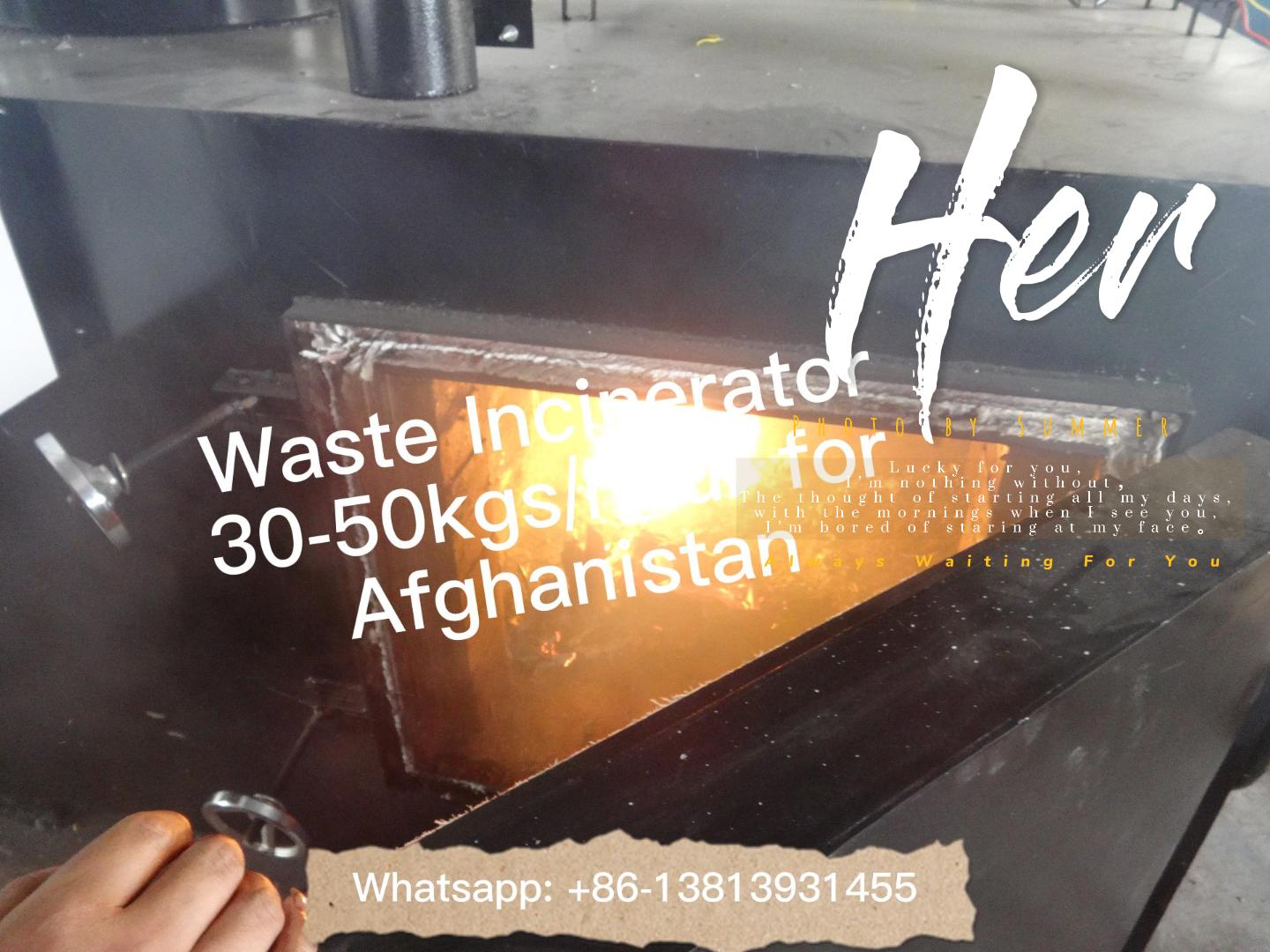Incinerateur PCBs, also known as PCB incinerators, are facilities designed to burn polychlorinated biphenyls (PCBs), a group of toxic and persistent organic pollutants that have been widely used in industrial and commercial applications. While incineration is often touted as a method of safely disposing of PCB-contaminated materials, there are significant environmental consequences associated with this process.
One of the main concerns with PCB incinerators is the release of toxic chemicals and by-products into the atmosphere. When PCBs are burned at high temperatures, they can break down into dioxins and furans, which are highly toxic substances known to cause cancer and other serious health effects. These pollutants can then be released into the air and carried over long distances, posing a threat to both human health and the environment.
In addition to air pollution, PCB incineration can also lead to the contamination of soil and water. Ash and other by-products from the incineration process can contain high levels of PCBs and other hazardous substances, which can leach into the surrounding environment and affect ecosystems, wildlife, and human populations. Furthermore, the disposal of the contaminated ash and residues can be a challenge in itself, as it requires proper containment and management to prevent further environmental damage.
Furthermore, the operation of PCB incinerators can also have a significant impact on local communities. The emissions from these facilities can contribute to poor air quality and exacerbate respiratory problems in nearby residents. Additionally, the transportation of PCB-contaminated materials to and from incineration facilities can pose a risk of spills and accidents, further jeopardizing the environment and public health.
Despite these concerns, the use of PCB incinerators continues in some regions as a means of managing PCB-contaminated waste. However, there are alternative methods of PCB disposal that are less harmful to the environment, such as encapsulation, chemical treatment, and thermal desorption. These methods minimize the release of toxic pollutants and provide a more sustainable approach to dealing with PCB-contaminated materials.
In conclusion, while PCB incinerators may seem like a solution to the problem of PCB contamination, they come with significant environmental consequences. The release of toxic chemicals into the air, soil, and water, as well as the potential health risks to nearby communities, highlight the need for more sustainable and responsible methods of PCB disposal. It is crucial for regulators and policymakers to examine the true environmental impact of PCB incineration and consider alternative approaches to safeguard the environment and public health.



